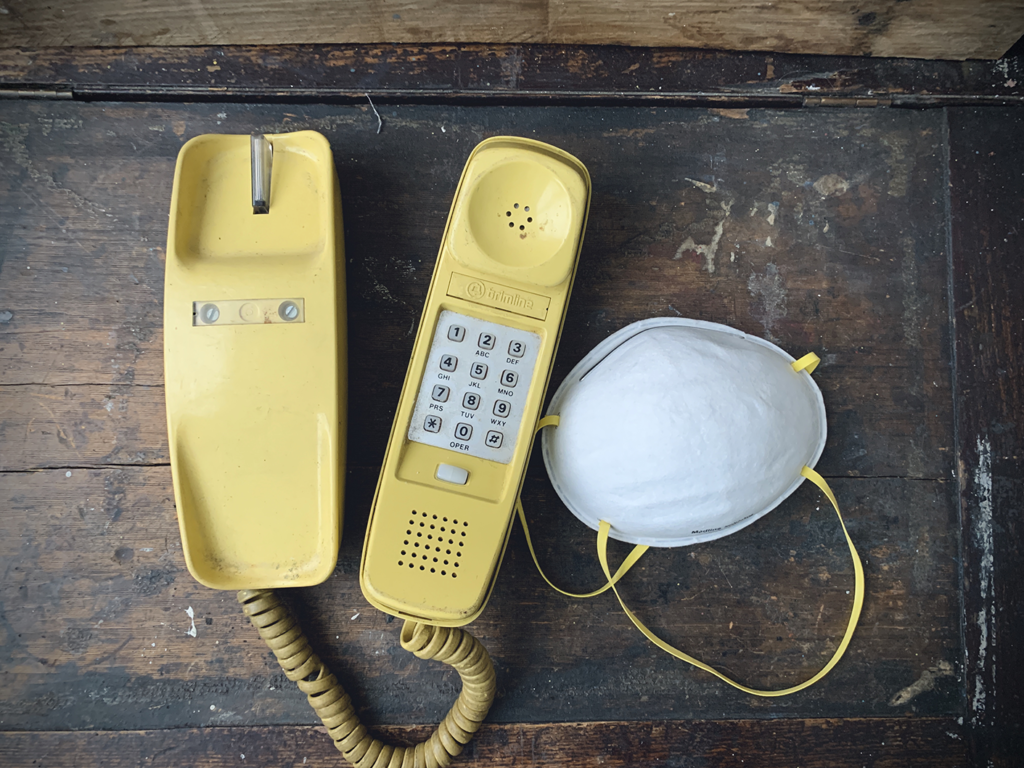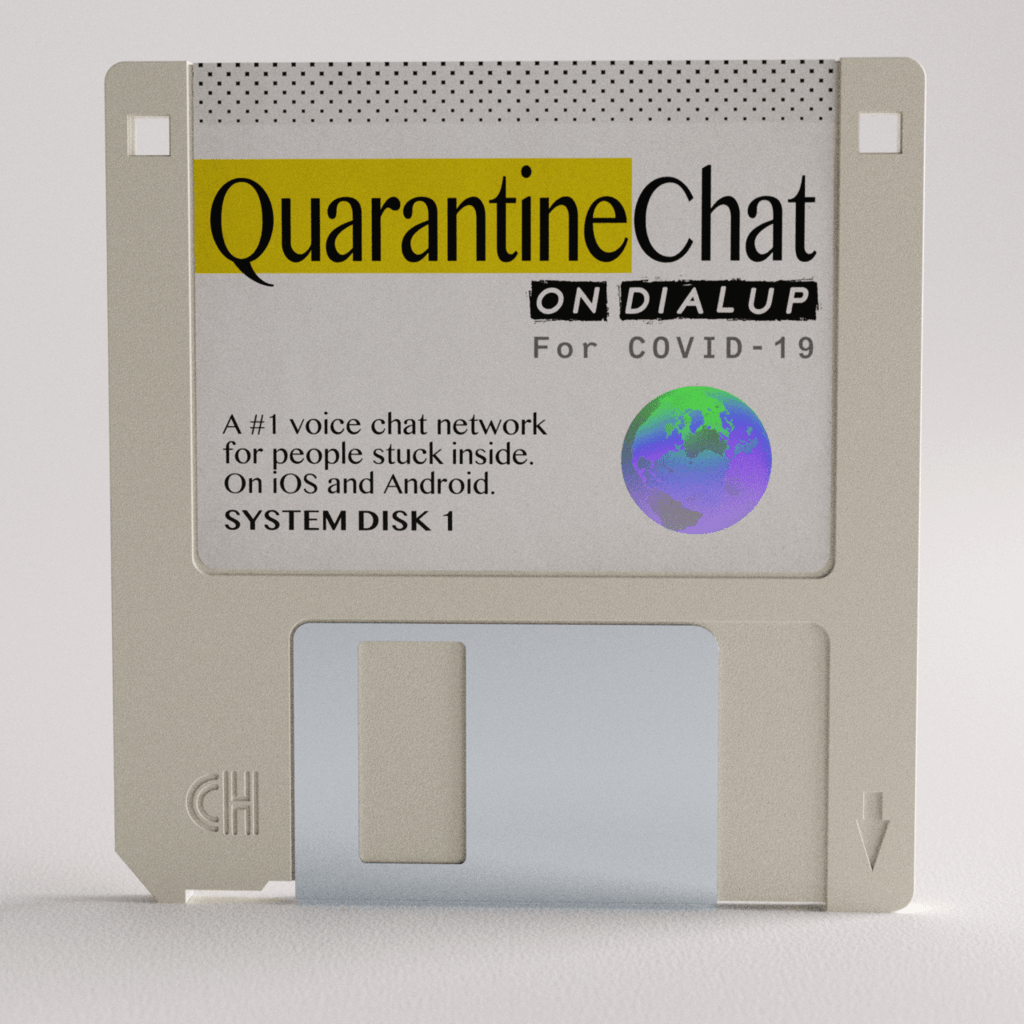Art World
A Pair of Inventive Artists Developed an App That Enables Strangers in Quarantine All Over the World to Talk to Each Other
QuarantineChat has the potential to go viral.

QuarantineChat has the potential to go viral.

Naomi Rea

Feeling lonely during quarantine? Thanks to two tech-savvy artists, there’s an app for that.
Artists Max Hawkins and Danielle Baskin have invented a creative way to serendipitously connect people who are self-isolating during the outbreak of COVID-19. The call service, which is merrily dubbed QuarantineChat, has begun to garner more and more users as the world begins to self-isolate to prevent the spread of the virus.
The idea is simple: people can sign up to receive random calls from others in quarantine through an app created by the artists called Dialup.
The app was initially conceived last year, but has taken on new relevance in the age of coronavirus. It was inspired by an earlier project Hawkins created to “document the nighttime experience.” Called Call in the Night, it functions similarly to Dialup, except those who sign up are connected by a random phone call in the middle of the night.
Hawkins tells Artnet News that when he met Baskin, “she asked if I could build a ‘call during the day’ to keep her company while she was stuck painting in her studio.” So he created a prototype for a group of their friends with features like end-to-end encryption, categories for discussion such as self-employment, and high-quality voice codecs, which translate audio into digital audio. With that, Dialup was born.
The project became more poignant—and gained a new name, QuarantineChat—in recent weeks. “When we heard about people all over the world in quarantine, we thought we could also host calls specifically for people affected by the virus,” Baskin says.
At the moment, there are around 70 people using the service, but Baskin confirms it can handle any number of users. “Whether 20 people pick up or 20,000 people pick up, everyone on QuarantineChat is paired randomly in a one-on-one,” Baskin explains. So far, participants are quite international—the most popular time zones are Pacific Standard Time and Iran Standard Time. (The virus has hit South Korea, Iran, and Italy particularly hard.)

Artists Max Hawkins and Danielle Baskin have created QuarantineChat. Imagery courtesy the artists.
“We hope our project brings magic and serendipity to a new reality where thousands of people are stuck inside alone for the next month,” Baskin says. “It benefits people’s mental health to have random spontaneous connections—and it’s also fun.”
The pair have sought to bring a light touch to the project (“Subtle humor is important during times of chaos,” Baskin notes), including elevator music at the beginning of calls and a cute name, QuarantineChat, which is meant to evoke a ‘90s-era chat room. “While COVID-19 is not a lighthearted matter, we want this project to bring people moments of joy,” Baskin says.
As the public health crisis continues to escalate, many artists and museum leaders are coming up with creative ways to ensure people still have access to culture. Museums and galleries in China and Italy are scrambling to make their collections accessible online. Hawkins also hopes that curators and museum directors will see this moment as an opportunity to “look at all the great art that’s already being made on the internet.”
QuarantineChat is not the only artistic project coming out of what Baskin is already calling “the quarantine era.” Baskin herself has made a prototype of a protective face mask onto which people can print their faces in order to be recognized by their friends (and unlock their phones using face ID). It started out as a dystopian joke, but since she put the prototype online, she has received thousands of requests from people looking to buy their own. She hasn’t decided yet whether to actually produce them since she is aware there is already a global shortage of mask supplies.
Baskin is also part of a Quarantine Art Residency, a group of artists who have been sent antiviral copper fabric by the group’s creator to incorporate into a work of art that they will post online. “Culture persists,” she says, “even if there’s physical limitations.”